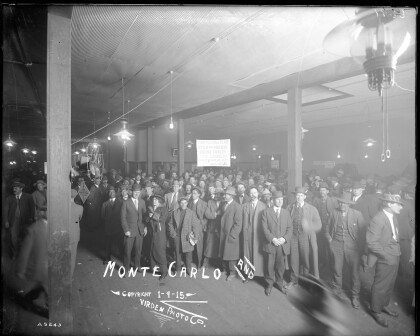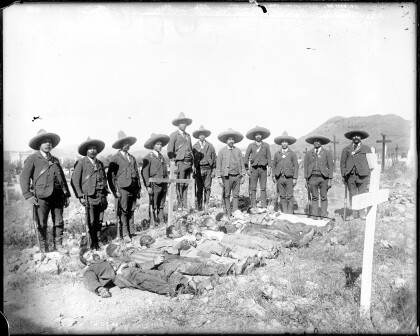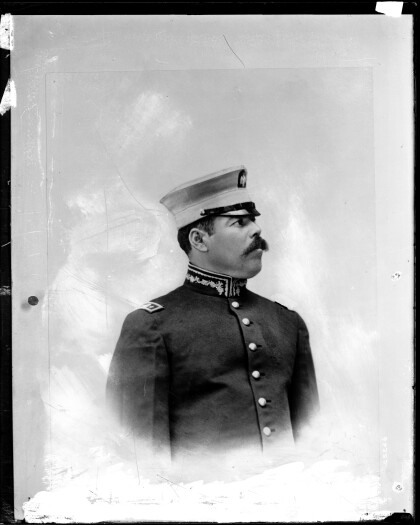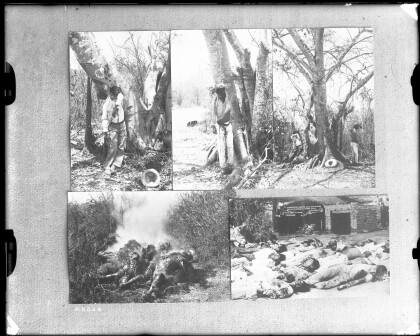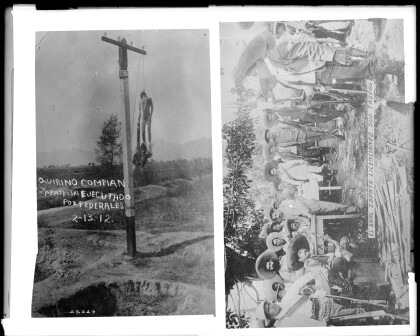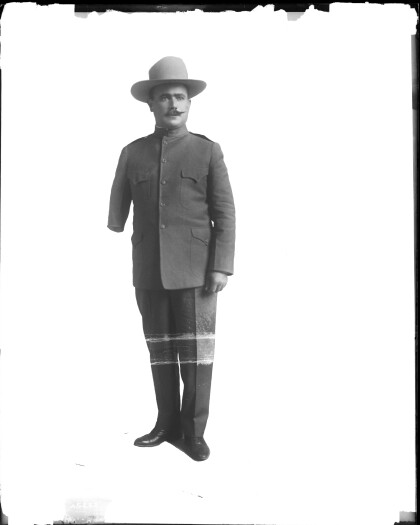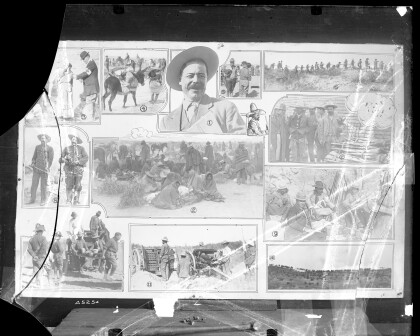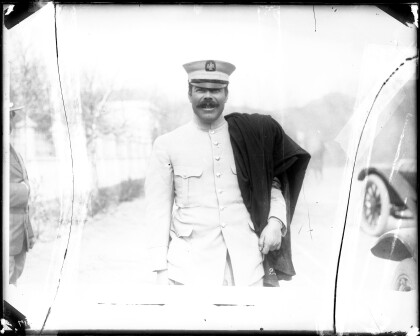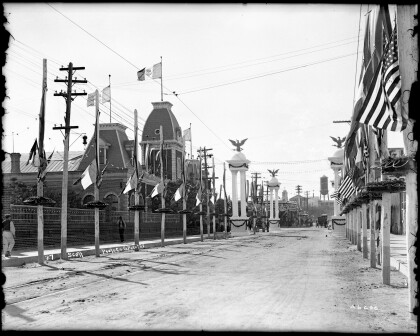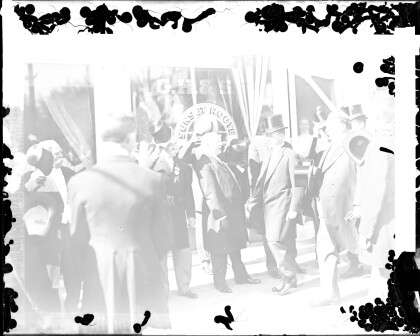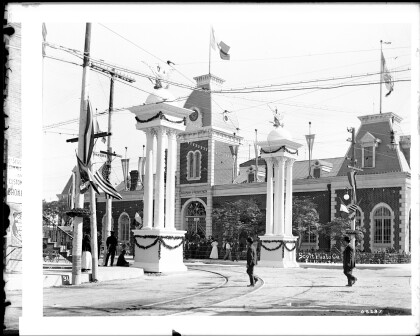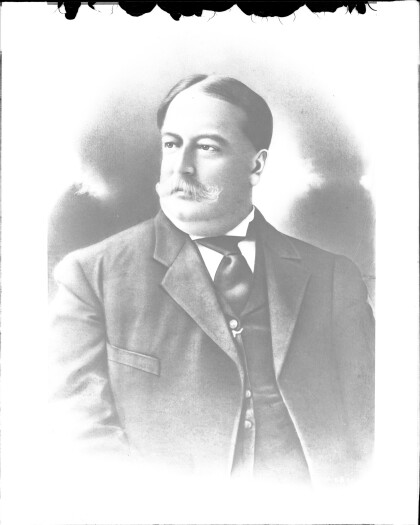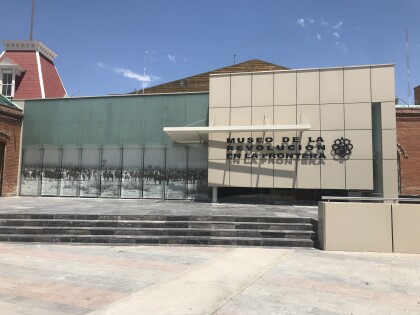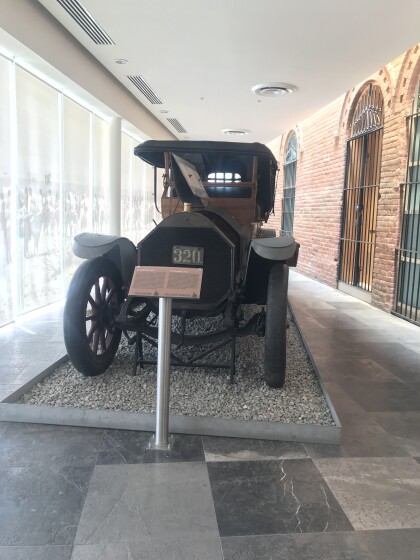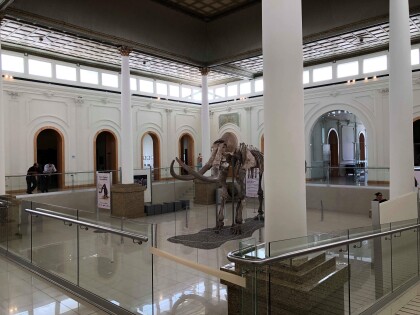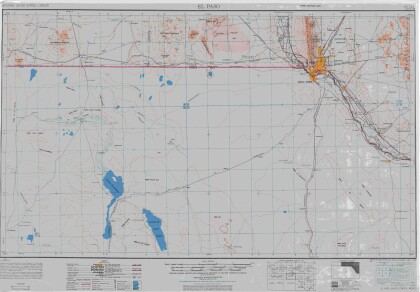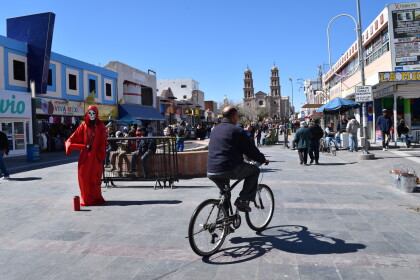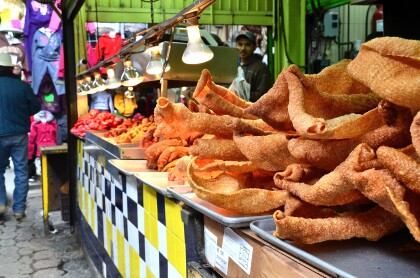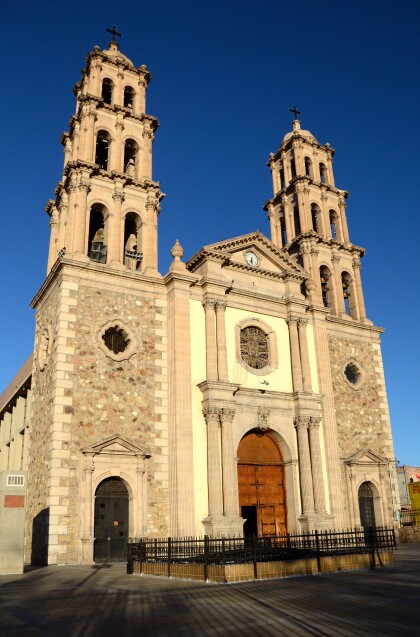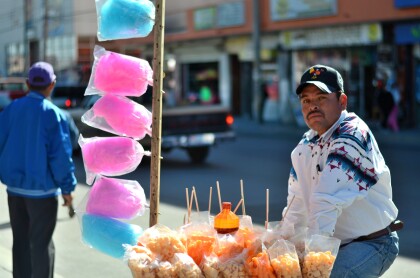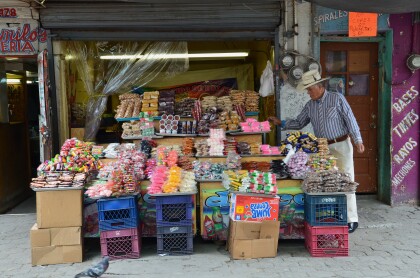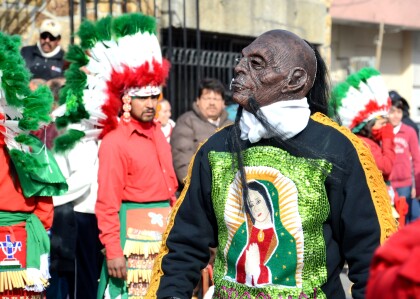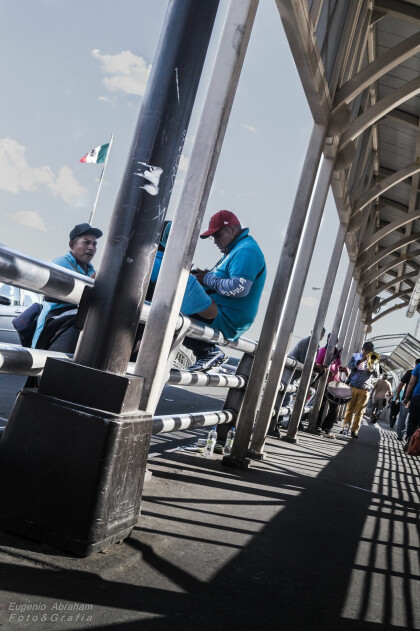Taft - Diaz Meeting
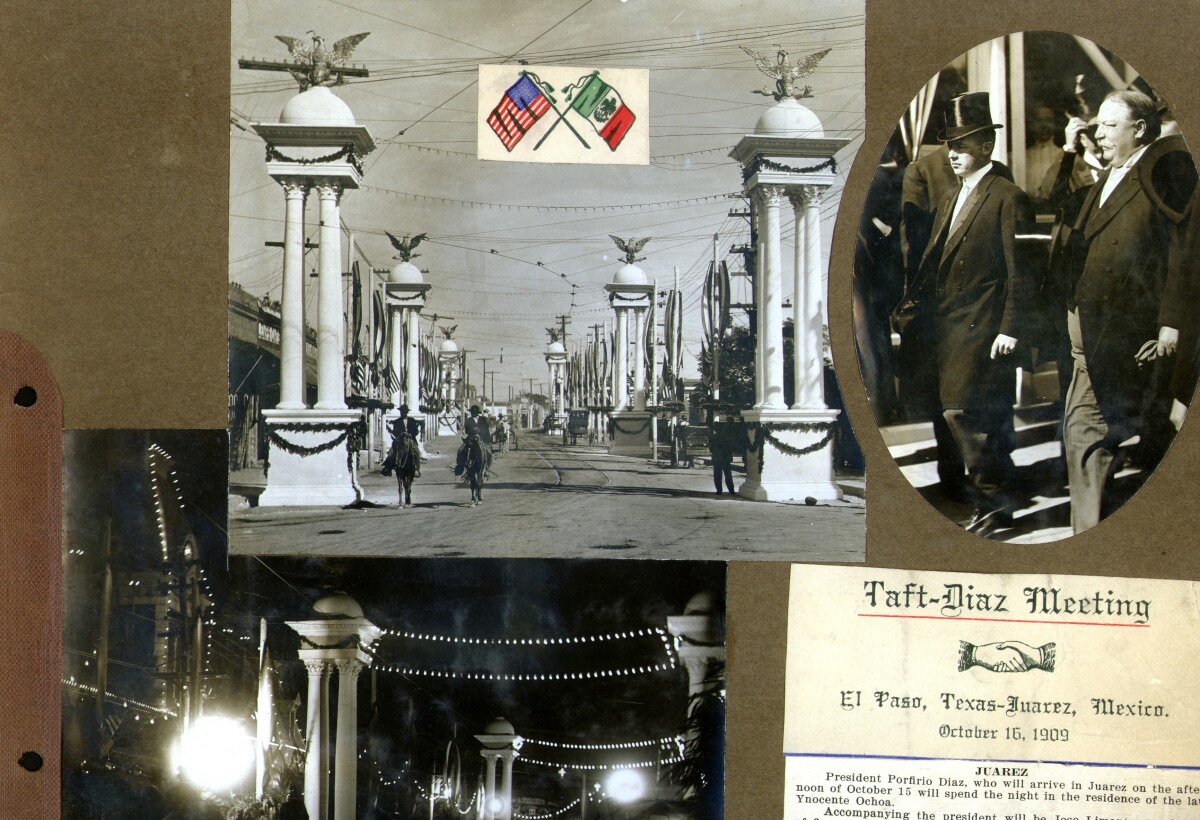
Taft - Diaz Meeting
The meeting of presidents William Howard Taft and Porfirio Díaz in El Paso and Ciudad Juárez on October 16, 1909, the first in history between a president of the United States and a president of Mexico, was described by the local press as the "Most Eventful Diplomatic Event in the History of the Two Nations." An El Paso historian has added that it was a "veritable pageant of military splendor, social brilliance, courtly formality, official protocol, and patriotic fervor." In June 1909 President Taft, desiring an expression from the Díaz government of its continued support of American investments in Mexico, wrote that he was planning a trip to the Southwest and suggested a meeting with the Mexican president at El Paso or some other convenient place on the border. President Díaz readily accepted Taft's invitation to meet in El Paso in October 1909, since he was convinced that his personal appearance in the El Paso-Ciudad Juárez area, where there had been significant opposition to his regime, would restore his lost popularity and remind his countrymen that in spite of his years he was still in firm control. The proceedings for the meeting were planned in the greatest detail by the United States Department of State and the Mexican Ministry of Foreign Affairs. In addition to matters of protocol, the two governments made the most elaborate arrangements for the protection and safety of the two presidents. Significantly, the area in dispute in south El Paso known as the Chamizal was declared neutral territory, the flags of neither nation to be displayed during the meeting. President Taft arrived in El Paso on the morning of October 16 and, after attending a presidential breakfast at the St. Regis Hotel, was driven to the Chamber of Commerce Building. There the El Paso Committee, taking the fullest advantage of the opportunity of the moment, presented El Paso's case regarding the Elephant Butte dam project (in New Mexico), which had been dormant for several years, and obtained from the president a commitment that he would give the matter his personal attention-a hopeful sign that the project was still alive. President Díaz arrived at 11:00 A.M., and after formal introductions, spent about twenty minutes alone with the American president. Because both presidents were bilingual there was no need for interpreters. No one else attended the meeting. Whether the Chamizal dispute was discussed is not known. Although official reports of the meeting stated that nothing of political or diplomatic significance was discussed, some have suggested that the basis was laid there for the treaty of arbitration that the two nations signed a year later. Díaz then returned to Ciudad Juárez, followed by Taft an hour later, and all preparations were then completed for the meeting of the two presidents at the Mexican customhouse. There, after a brief interview, they stepped outside to the front of the building under a scarlet canopy and posed for a cameraman. The resulting photograph effectively dramatized the contrast between Taft's plain appearance and Díaz's military bearing and chest full of medals. The banquet at the Ciudad Juárez customhouse dwarfed all other events of that historic occasion. The entire building had been transformed into a reproduction of one of the famous salons of Versailles. There were rich red draperies, paintings of George Washington and Miguel Hidalgo y Costilla, three traincarloads of flowers brought from Guadalajara, a gold and silver service that had belonged to the emperor Maximilian and was valued at a million dollars, cut glass from Chapultepec Castle valued at $200,000, and fine linens from the presidential palace. There was soft music, conversation in two languages, and mutual toasts by the two presidents. With the presentation of gold goblets to the presidents as gifts from the city of El Paso, the evening came to an end. Taft returned to El Paso to board a train for San Antonio. At length he let El Pasoans know that construction of the Elephant Butte dam project would begin in 1910. Nineteen months later Porfirio Díaz was overthrown with the capture of Ciudad Juárez by revolutionary forces. http://www.tshaonline.org/handbook/online/articles/mgt09
Report this entry
More from the same community-collection
Mote Carlo Club - Juarez, Mexico
Large crowd at the Monte Carlo Club. The sign in the center of ...
Mexican Revolution Federals (Rurales) - Juarez, Mexico
Group of Mexican Federals standing around a group of deceased ...
Francisco "Pancho" Villa - El Paso, Texas
Portrait of famed Mexican Revolution leader Francisco "Pancho" ...
The Dead of The Mexican Revolution
A.) This photo shows a deceased Zapatista. The caption reads, ...
Photo Collage of Francisco "Pancho" Villa
This photo is a collage of 12 independent Aultman photos 1 and 7 ...
Calle del Commercio - Ciudad Juarez, Mexico
"Calle del Commercio," The main business street in Ciudad ...
Taft/Diaz Meeting - Ciudad Juarez, Mexico
The back of the photograph reads, El Paso, Taft-Diaz meeting. ...
Taft/Diaz Meeting - Ciudad Juarez, Mexico
The Custom House in Ciudad Juarez, Mexico decorated for the ...
President William H. Taft - El Paso, Texas
The back of the photograph reads, El Paso, Taft-Diaz meeting. ...
Photography by Berenice Bernal Martinez
Pasos Urbanos: A Photographic Narrative of Downtown Borderland ...
Photography by Berenice Bernal Martinez
Pasos Urbanos: A Photographic Narrative of Downtown Borderland ...
Photography by Berenice Bernal Martinez
Pasos Urbanos: A Photographic Narrative of Downtown Borderland ...
Photography by Berenice Bernal Martinez
Pasos Urbanos: A Photographic Narrative of Downtown Borderland ...
Photography by Berenice Bernal Martinez
Pasos Urbanos: A Photographic Narrative of Downtown Borderland ...
